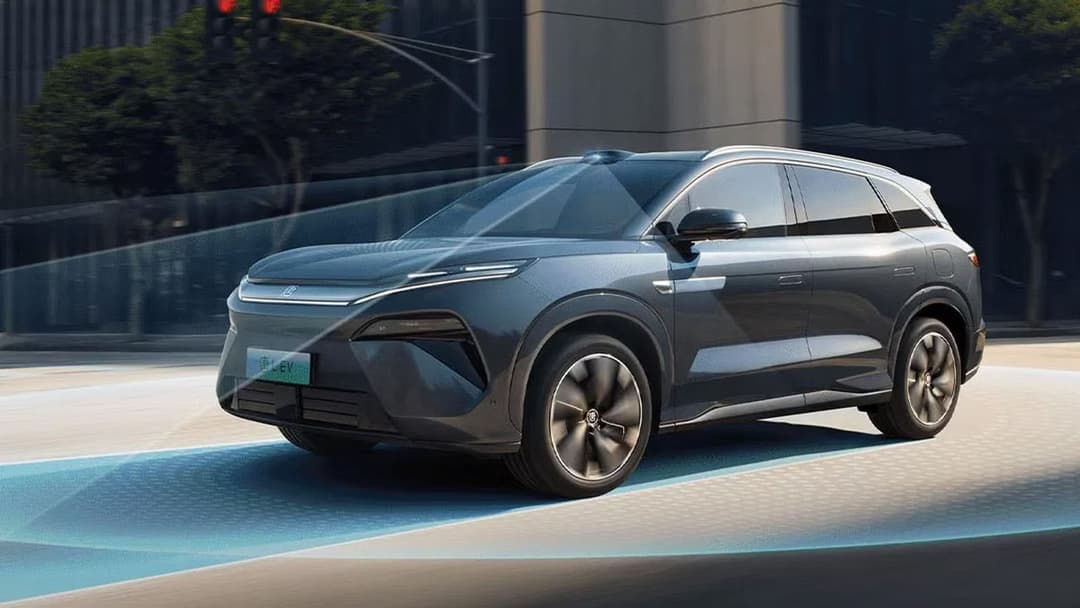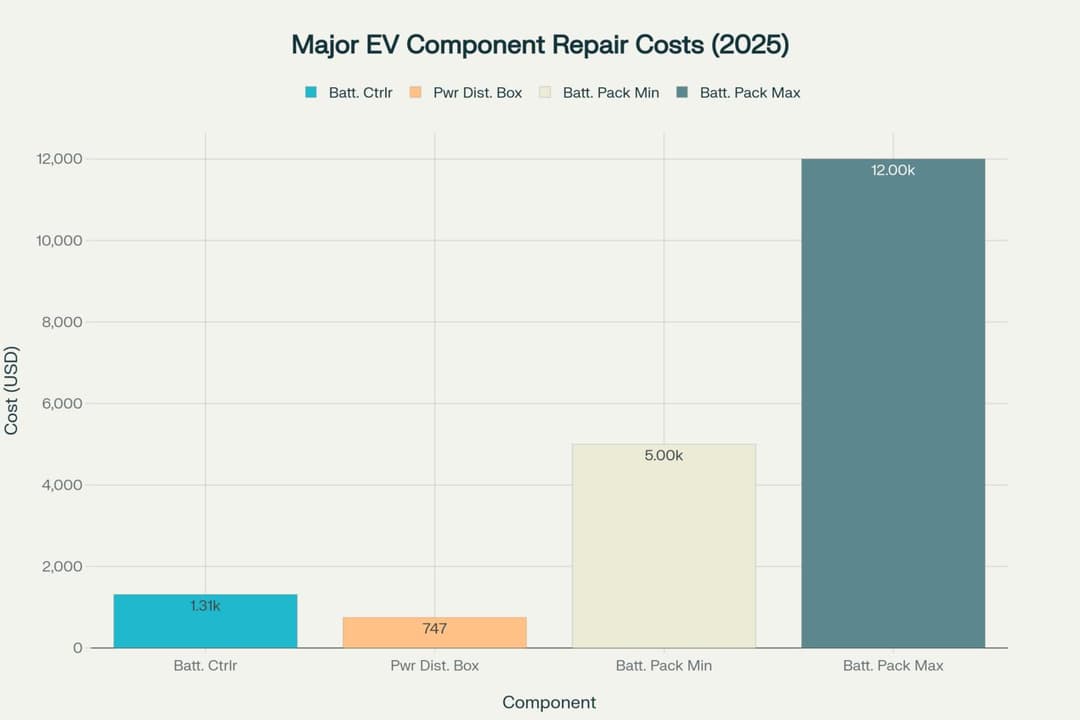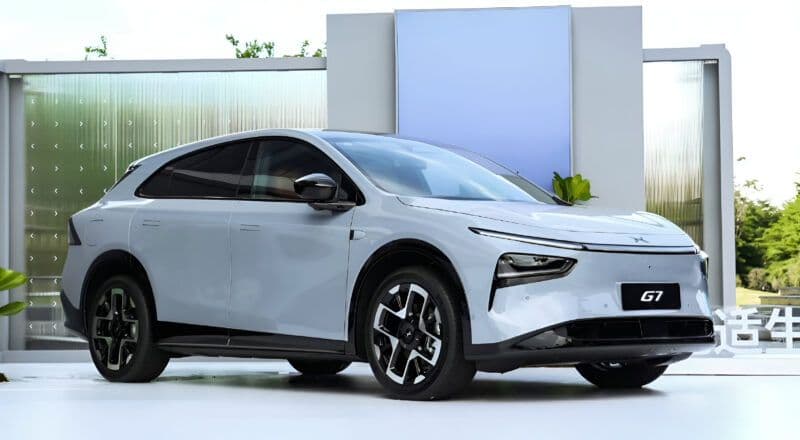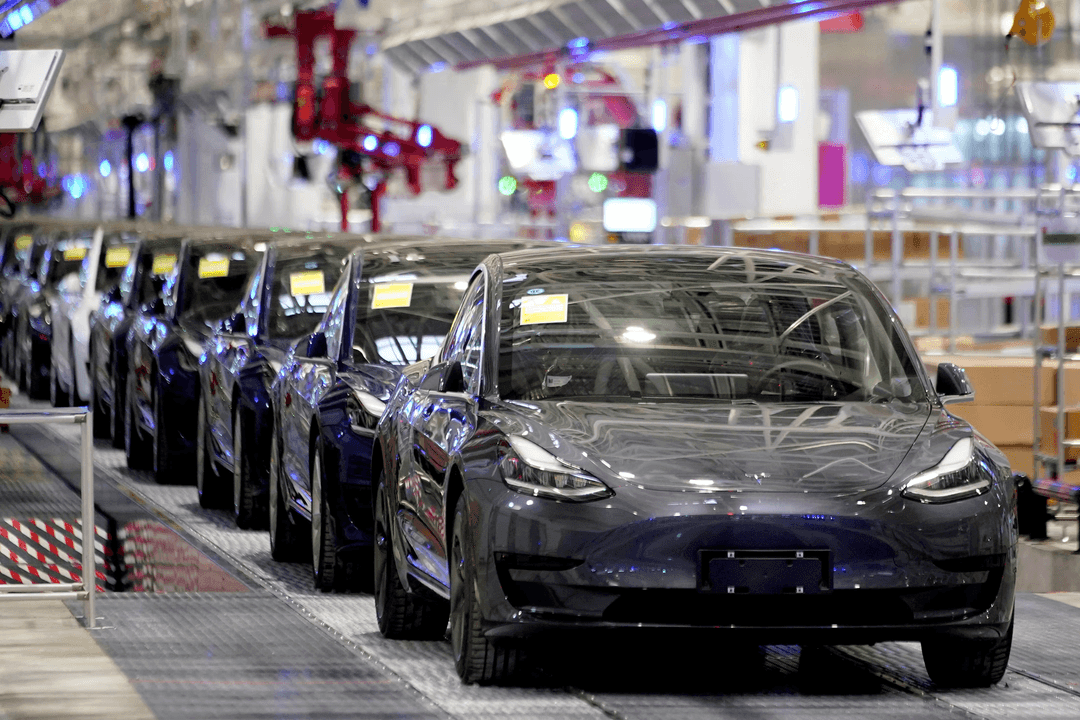Repair and maintenance costs are often overlooked when choosing a car. But in 2025, electric vehicles (EVs) are clearly the cheaper option when it comes to keeping them on the road. According to the latest global data, EVs cost significantly less to maintain than internal combustion engine (ICE) vehicles and the savings are expected to grow as technology improves.
Let’s break down what that means for Australian drivers and fleet operators.
▶️MORE: EV Battery Life: New Data Challenges Long-Held Concerns

How Much Does It Cost to Maintain an EV in 2025?
Electric vehicles have fewer moving parts than petrol or diesel cars, so they require less frequent servicing and fewer replacements. Here's how the average annual maintenance costs compare across vehicle types:

Annual Running Costs by Powertrain – What Aussie Drivers Can Expect (2025)
Battery electric vehicles (BEVs) have the lowest annual service costs at around $950 AUD, mainly requiring tyre, air filter, and brake fluid maintenance due to fewer moving parts.
Plug-in hybrids (PHEVs) and hybrid electric vehicles are slightly more expensive to maintain ($1,100 to $1,150 AUD) because they require servicing for both electric and combustion systems.
Internal combustion engine (ICE) vehicles have the highest typical annual cost, up to $1,280 AUD, due to frequent servicing needs like oil changes and spark plug replacements.
| Vehicle Type | Typical Annual Service Cost | Main Maintenance Needs | Ownership Insight |
| BEV | Around $950 AUD | Tyres, cabin air filter, brake fluid | Fewer moving parts mean lower routine upkeep |
| PHEV | Approx. $1,100 AUD | Engine oil, battery checks, filter replacements | Requires both EV and engine servicing |
| Hybrid Electric | Roughly $1,150 AUD | Complex electrical and combustion servicing | More parts = more workshop visits |
| ICE | Up to $1,280 AUD | Oil changes, spark plugs, belts, fluid top-ups | Highest ongoing costs due to more moving parts |
▶️MORE: 5 Cheapest Electric Cars in Australia (2025)
Cost Per Kilometre: EVs Are Ahead
The U.S. Department of Energy data shows the scheduled maintenance cost per mile for various powertrains. Here’s how it translates:
Scheduled Maintenance Cost Per KM (2025)
Battery electric vehicles (BEVs) are the cheapest to maintain, costing around $0.093 per km or $2,232 annually, thanks to minimal wear and no engine upkeep.
Plug-in hybrids (PHEVs) and hybrids (HEVs) are more expensive, costing $3,288 and $3,432 per year respectively, due to the need to maintain both electric and fuel systems.
Petrol and diesel vehicles (ICE) are the most expensive, at $0.154 per km or $3,696 annually, due to traditional components and frequent servicing needs.
| Vehicle Type | Cost per km | Annual Cost (Based on 24,000 km/year) | What You’re Paying For |
| Battery Electric (BEV) | $0.093 | $2,232 | Minimal wear-and-tear, fewer fluids, no engine upkeep |
| Plug-in Hybrid (PHEV) | $0.137 | $3,288 | Requires both fuel system and EV maintenance |
| Hybrid (HEV) | $0.143 | $3,432 | Dual systems with higher servicing complexity |
| Petrol/Diesel (ICE) | $0.154 | $3,696 | Traditional parts, frequent servicing needed |
An EV owner travelling 24,000 km a year could save over $1,300 AUD annually in servicing compared to an ICE vehicle.

Why EVs Require Less Servicing
The savings come down to simplicity. A petrol engine can have over 2,000 moving parts, while an EV motor typically has under 20. EVs also skip common services like:
- Oil changes (every 12,000 km for ICE cars, $130–$200 each)
- Spark plugs and oxygen sensors (costing up to $900 over five years)
- Timing belts and exhaust system repairs
▶️MORE: These Are Australia's Best-Selling EVs in First 6 Months
EV Advantages:
- Regenerative braking reduces wear on brake pads
- Battery coolant is replaced every 5–7 years (vs every 2–3 years in ICE)
- Brake pads in EVs can last over 100,000 km (vs ~50,000 km in ICE cars)
High-Cost Repairs in EVs Are Rare
While some EV components can be costly to replace, the failure rate is low. Most EVs are covered by 8 to 10-year battery warranties, and battery degradation averages just 1.8% per year.
Major EV Component Costs (2025)
| Component | Typical Repair Cost (AUD) | Likelihood of Failure (10 Years) |
| Battery charge controller | $1,966 | Low |
| Power distribution box | $1,120 | Low |
| Full battery pack | $7,500 – $18,000 | Very low (under 2%) |
Meanwhile, ICE vehicles often face expensive breakdowns like:
- Turbocharger replacement: $2,700–$4,800 AUD
- Timing chain: $2,300–$3,800 AUD
- Exhaust system repairs: $1,400–$3,600 AUD
▶️MORE: Which Electric Cars Have Bidirectional Charging?

Fleet Costs: EV Vans and Trucks Lead in Savings
EV commercial vehicles now lead in cost-efficiency. They are cheaper to service than diesel options and bring big savings over time.
Service Cost per Kilometre – Commercial Vehicles
| Vehicle Type | Cost per km (AUD) |
| Electric Van/Truck | ~$0.26 |
| Diesel Truck | ~$0.36 |
Five-Year Maintenance Comparison (15,000 miles/year)
The following figures show how much drivers spend on maintenance over five years.
| Powertrain | Year 1 | Year 3 | Year 5 | 5-Year Total |
| EV | $352 | $1,598 | $2,978 | $6,900 |
| ICE | $570 | $2,310 | $4,395 | $11,700 |
EVs also deliver fuel savings not included in these numbers, further improving the total cost of ownership.
▶️MORE: Electric Car Home Charging: A Comprehensive Guide

Bottom Line
Electric cars now cost less to maintain than any other type of vehicle. While they’re not immune to occasional high repair costs, these are rare and often covered by long warranties. With battery prices falling and more local technicians trained in EV repair, servicing costs are only expected to drop further.
For many Australian drivers—and especially fleets—the switch to electric is no longer just about going green. It’s about saving real money, year after year.
Stay up to date with the latest EV news
- Get the latest news and update
- New EV model releases
- Get money savings-deal
